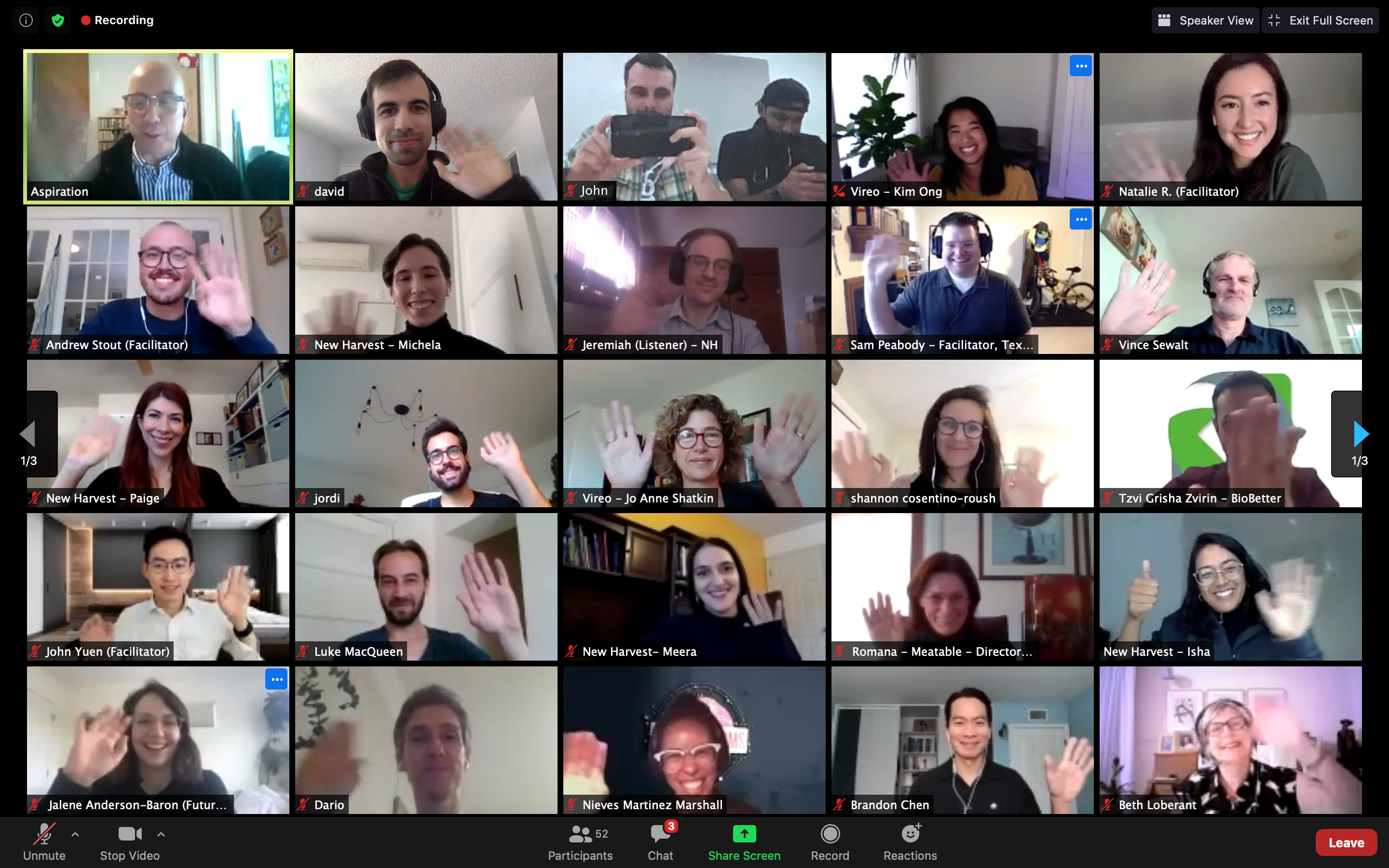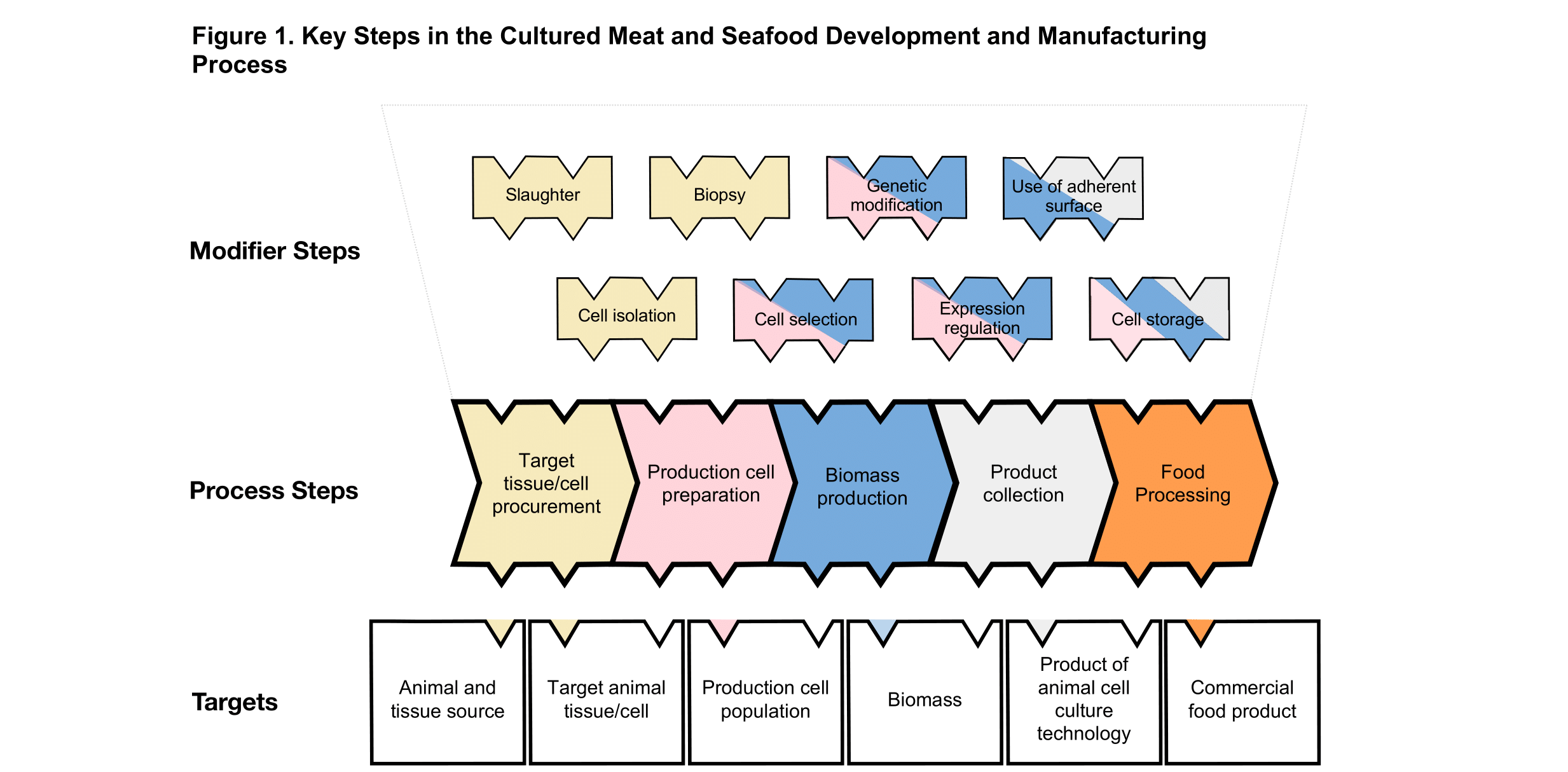Over a year ago, New Harvest launched one of our biggest initiatives yet to roadmap the safety of cell-cultured meat and seafood.
First, we rallied together 87 individuals from 50 leading cultured meat and seafood companies to share previously unpublished information about their manufacturing process. Then, we used that data to 1) identify safety hazards, 2) evaluate existing safety assessment approaches, and 3) suggest future research to ensure the safe commercialization of cell-cultured meat.
Our safety paper is now peer-reviewed and published open access in the journal Comprehensive Reviews in Food Science and Food Safety. Read it here.
Co-authored with experts from Vireo Advisors, Mosa Meat, and International Flavors and Fragrances, the paper outlines what data will be necessary to prove the safety of cell ag products.
The First Example of Collective Action in Cellular Agriculture
Not only is this the first publication about safety in cell ag, it was also written in a pretty novel way. No NDAs were signed in the process of collecting data for the paper.
Because cellular agriculture lacks public funding, most research is conducted by VC-funded companies with strong intellectual property protections.
To write this paper, we had to create new ways for companies to transcend individual interests regarding IP in order to create a body of public literature about safety.
So what did we do?
We harnessed our unique position as an independent nonprofit to get credible data from leaders in the field through a series of 1:1 conversations and group workshops.

The first of three safety workshops with 87 individuals from 50 cultured meat and seafood companies.

Process diagram co-created and refined by companies over the course of New Harvest’s safety workshops.
We weren’t sure peer-review would accept our approach. It wasn’t academic in the classic sense. We didn’t work with a university, and we weren’t able to rely on a large body of literature to describe the manufacturing process and its potential safety hazards (that was the whole point of this paper!).
I’m happy to report that reviewers overwhelmingly saw the importance of this work.
How has the paper already been used?
While we have been waiting several months to complete the peer-review process, our preprint has already served as an invaluable tool for advancing independent, public safety research to inform policymakers and consumers alike.
- Dr. Marko Appel and Dr. Gijs Kleter at Wageningen Food Safety Research Centre in The Netherlands used the preprint to propose a four year, €1.7M food safety consortium to the Dutch government. Although the submission was unsuccessful, the safety initiative preprint kickstarted a data-driven conversation about food safety and the team is now pursuing other opportunities to conduct safety work in collaboration with New Harvest.
- Northeastern University’s Biopharmaceutical Analysis and Training Laboratory is working with New Harvest to develop an in-person, hands-on training course about food safety for cultured meat and seafood.
- New Harvest is developing an open source, online course that will serve as an educational tool for consumers, students, and regulators around the world who want to learn about the safety of cultured meat and seafood.
All of this was before publication! Now that it’s published, we intend for this paper to be a starting point for scientists around the world to generate a body of public data about the safety of cell-cultured meat and seafood.


